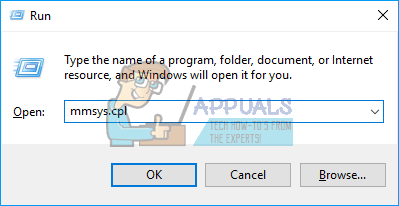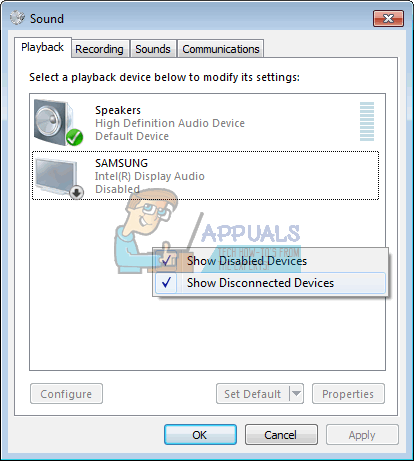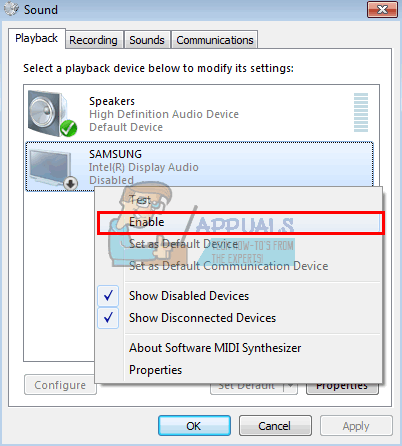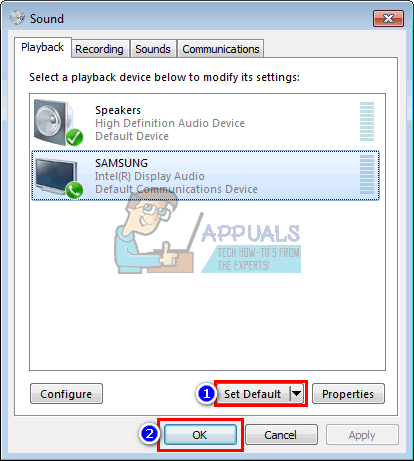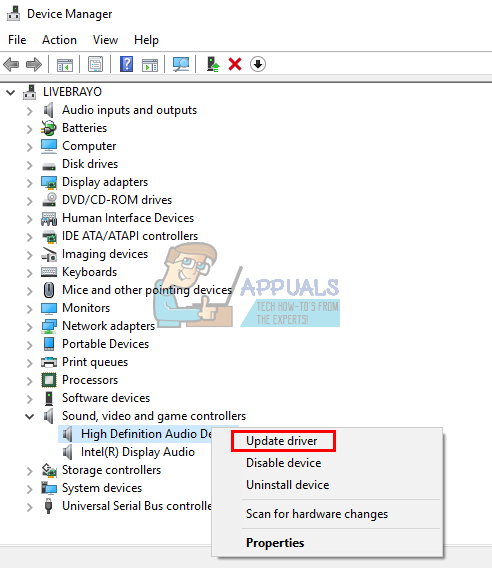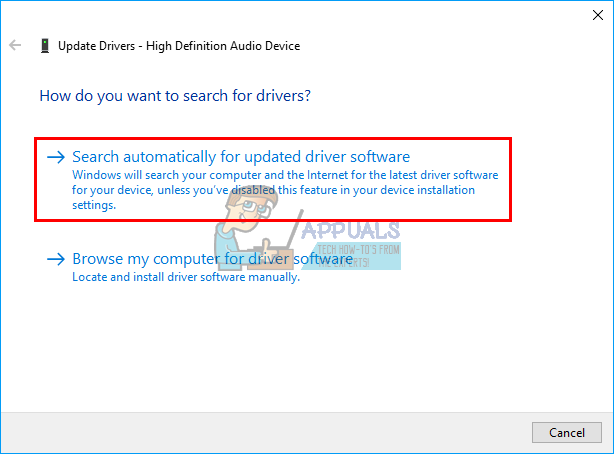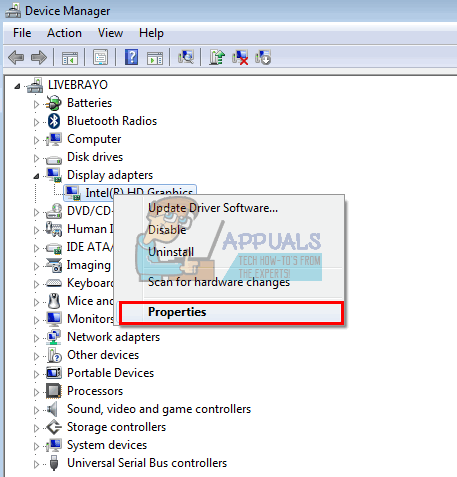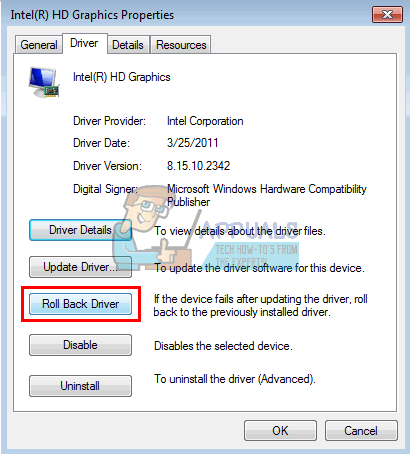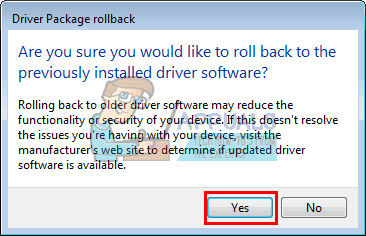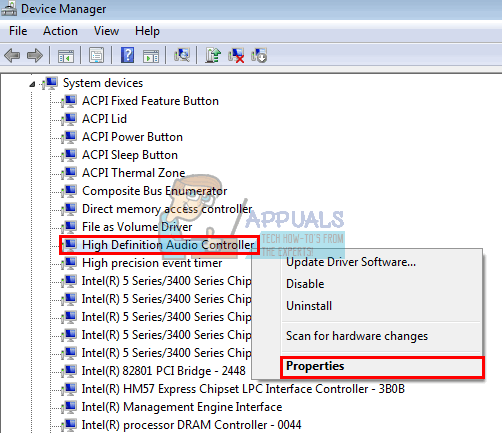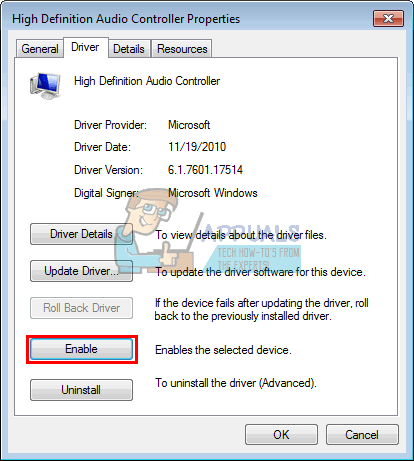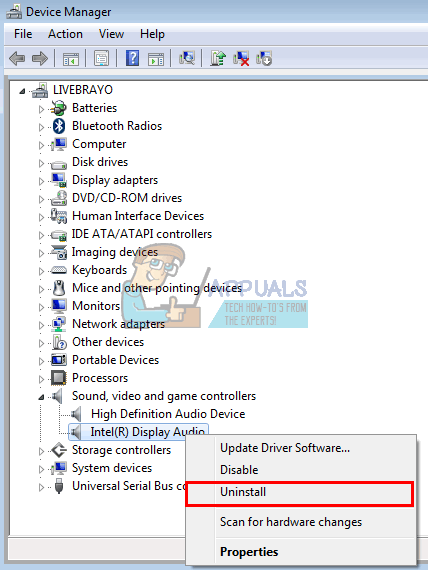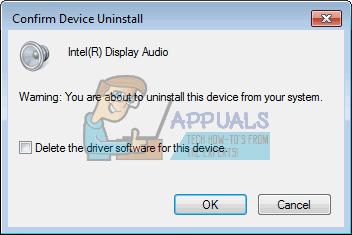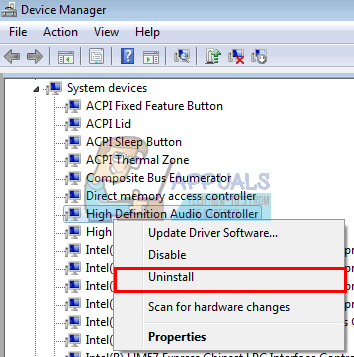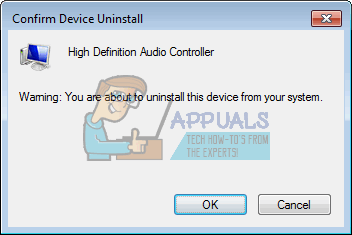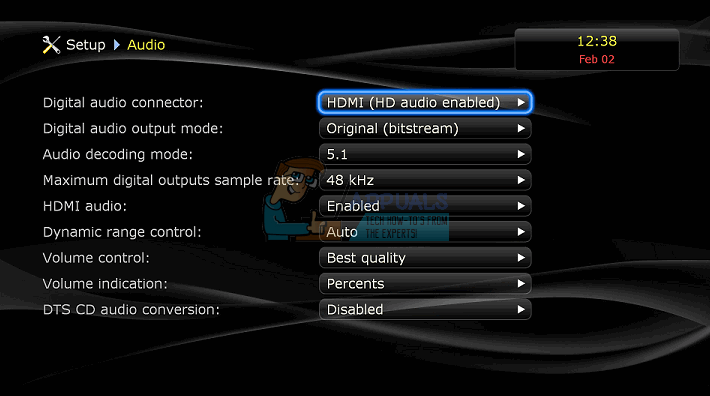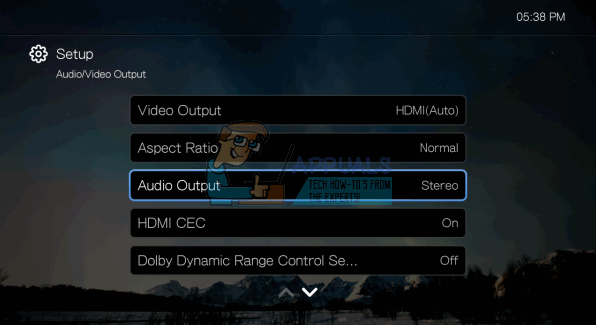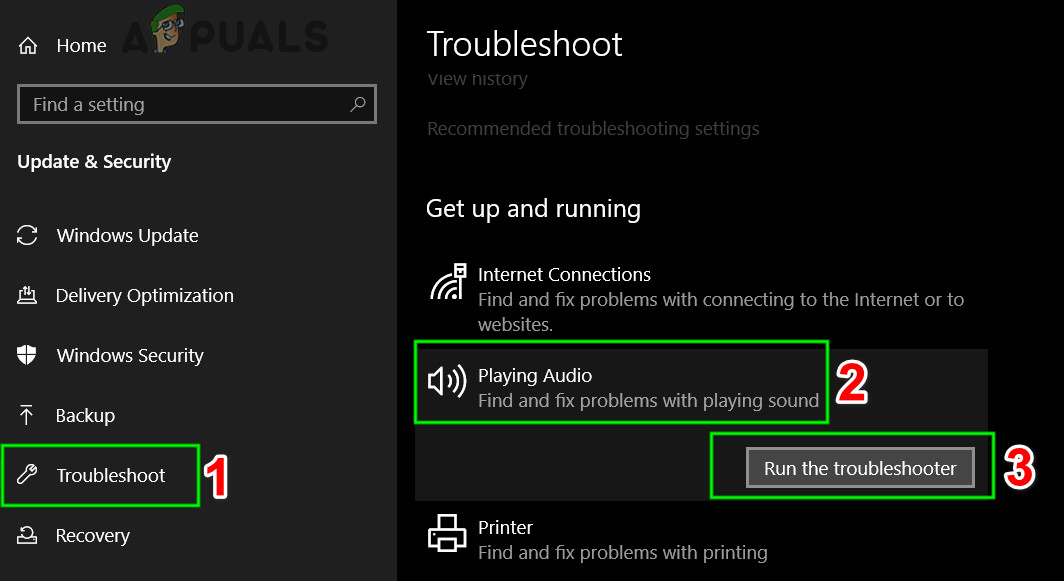Why HDMI Sound Does Not Work
There are several reasons why your HDMI sound might not be working. The problem could be anywhere from your PC, the HDMI cable, to your monitor or TV. Start by plugging your HDMI to another PC. If the issue persists, then the cable or your monitor/TV is likely to be the issue; if not, then the PC might be the issue. Also, try using another HDMI cable that is known to be functioning. If the problem remains, then your PC or your monitor/TV might be the issue. You can also use try using another TV/Monitor to narrow down the problem further. HDMI cables can easily be replaced. However, if the PC is the issue, then there might be different reasons for the problem. It might be caused by an incompatible or wrong driver or even a selection of the wrong playback device. Your internal speakers’ soundcard might have been set as the default device hence the PC is unable to switch from speakers to HDMI audio output. You monitor or TV might also not have been configured to receive the HDMI audio. This problem has also been seen in conflicting drivers where drivers that depend on each other had been disabled hence the sound card was not able to function properly. Below are the solutions to the problem. But before moving on, keep the cable plugged in and restart the devices. Also, make sure the cable is not faulty. Do not forget to check your Graphics Card e.g. Nvidia Control Panel for any wrong configuration. Do note that pre-GeForce 200 series Nvidia cards don’t support HDMI audio. Realtek drivers are known to have this issue.
Method 1: Enable and Make Your HDMI the Default Playback Device
Windows easily lets you switch from your speakers to your HDMI audio output from the system tray. However, by making your speakers the default playback over your HDMI output, the computer will not be able to switch to the HDMI output whenever it is plugged in. This is quite common whenever a PC has more than one graphics or sound card.
Method 2: Update your drivers
The best way to get your drivers is to go online to your audio card manufacturer or your PC manufacturer (additional audio features will be supported), download the audio drivers and then install them on your PC. For Dell users, you can go here to download your drivers. HP users can go here. You can also update your drivers over the internet by following the steps below.
Method 3: Rollback your graphics drivers
HDMI video and audio are tied to your graphics processor. If your HDMI had been working previously and suddenly couldn’t work again (especially after some update) then you will need to roll back to the graphics drivers that previously functioned.
Method 4: Enable all Audio Controllers
Audio controllers allow windows to automatically determine the audio behavior of your system. Disabling these controllers will lead to malfunctioning of your audio output swapping.
Method 5: Uninstall and reinstall Display Audio and Audio Controllers
Whenever you plug in your HDMI, a new device might appear in your device manager within the sound section. If the drivers for this are not functioning correctly, then you might have a sound output problem. Uninstalling these drivers and restarting your PC will automatically reinstall the correct drivers from the Windows repository. You might also want to check the “Other Devices” section and install all devices with yellow exclamations.
Method 6: Change your monitor or TV audio settings
Besides changing the obvious things like setting your TV input source to the corresponding HDMI input port and making sure that the cable is seated correctly and firmly or that the TV is not on mute, you can also try tweaking the TV/Monitor sound properties. The HDMI graphics card may support HDMI Video, but may not support HDMI Audio; if your HDMI video card does not support audio, you may need to connect additional audio cables between the PC and TV.
Method 7: Use Sound Troubleshooter
Windows has a lot of built-in troubleshooters to troubleshoot common Windows issues. One of these is the Sound troubleshooter. As the name suggests, this troubleshooter tests your current sound hardware with the software components and if it finds any discrepancies, it automatically fixes it by restart/reinitializing either components. Make sure that you are logged in as an administrator before proceeding. Note: If you cannot listen to the sound through HDMI even after performing all the above solutions, we recommend that you check the same HDMI/HDMI source with another system. If it is also occurring there, it means there is no issue with the computer. If the other system works fine, then consider doing a clean install or inspecting your ports.
Fix: HDMI to HDMI Not WorkingFix: HDMI Sound Not Working MacHow to Fix USB to HDMI Adapter not WorkingFix: HDMI not Showing up in Playback Devices

